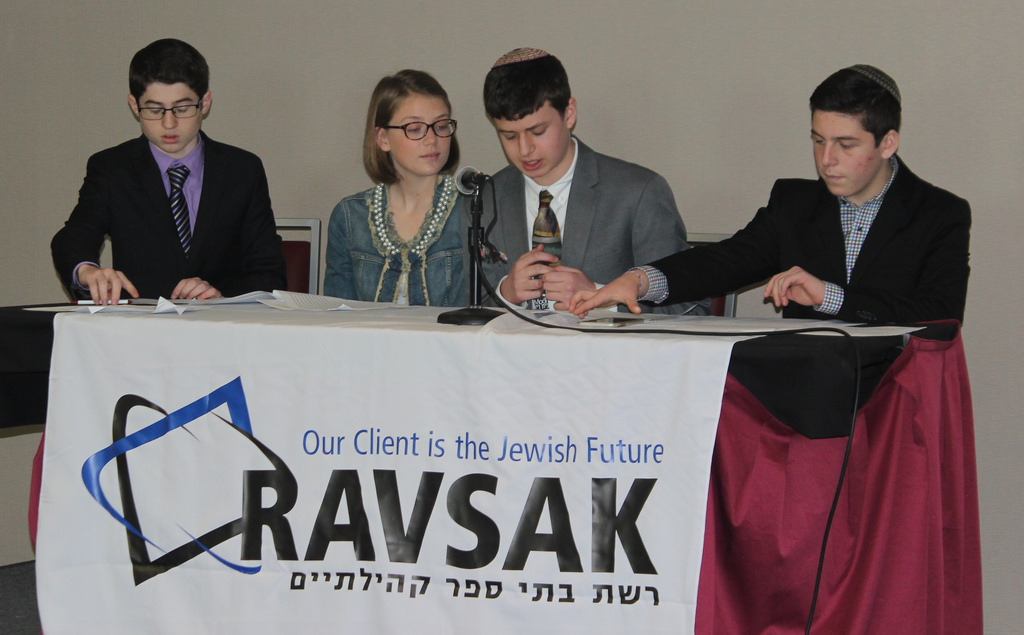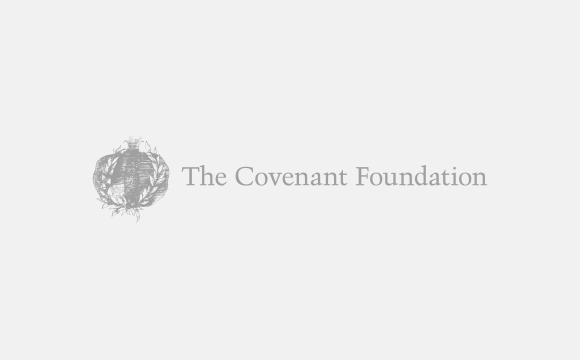Ravsak’s Moot Beit Din: Students Tackle Real Life Halakhah
That would be the Moot Beit Din initiative of RAVSAK, the North American network of Jewish community day schools. The program, growing in popularity among RAVSAK’s 120 member schools, is an academic competition of sorts, loosely based on moot court programs in law schools.
High school students take a case or scenario, research precedents in Jewish law and write a detailed opinion. Participating students from across North America gather at a Shabbaton, where they present and defend their decisions during oral arguments with Jewish law experts.
“The Moot Beit Din combined so many of my interests,” she said. “And I like public speaking too. So this seemed to be made for me.”
And she for it. At the 2008 Moot Beit Din competition in Toronto, and the 2009 event in Denver, Sosebee and her academic team put the JCHS in the winning column two years running.
Now a senior, she intends to be part of the team that will go for a third title in April in Washington, DC.
The program facilitates learning of Jewish text and law and makes it relevant to modern life in the setting of an academic competition.
The 2009 competition centered on a hypothetical bone marrow transplant, and the life, death and moral issues attached to it. For the 2010 Moot Beit Din, participating students are considering a case on whether and when a government is justified to use torture to prevent terrorism.
“Jewish education and classes in schools can be quite abstract and backward looking,” said Rabbi Mark Goodman, who teaches Jewish studies at JCHS and is the team’s academic coach. “So the challenge is to be forward and contemporary. Real ethical issues have to be discussed. The Moot Beit Din is a way toward that.”
RAVSAK inherited the nascent initiative from the North American Association of Jewish High Schools in the 2007-08 academic year and immediately more than doubled the number of participating schools to 11. In the last academic year, 16 schools participated, and more than 20 are expected to take part in the current term.
A recent grant from The Covenant Foundation – $150,000 over three years – will enable RAVSAK to enhance the program and expand it even more to reach all 27 high schools in the organization’s current network, and perhaps beyond.
Schools have varying levels of resources to implement the program, RAVSAK officials said, making the grant critical to its growth and success.
“This grant from The Covenant Foundation will take a dream and make it into a reality,” said Dr. Marc Kramer, RAVSAK executive director. “It has the potential to elevate, if not transform, the Jewish high school experience.”
Expansion of the Moot Beit Din initiative could aid in curriculum development and some standardization of Jewish studies, said Dr. Elliott Rabin, director of educational programs at RAVSAK, noting that some schools already have special classes centered around it.
“As we continue to grow, we hope to see the integration of the Moot Beit Din into the life of schools and Jewish studies so it is not isolated, but is the diamond in the ring,” he said. “It can help to strengthen the entire configuration of Jewish studies across the network of Jewish schools.”
Observers said the Moot Beit Din experience is powerful.
“It’s fast and furious and full of pressure,” noted Rabbi Harry Sinoff, director of Judaic Studies at Herzl/RMHA in Denver and one of the originators of the program. “It has the feel of being in a highly charged law firm, and attracts Jewish school students interested in using their whole selves and all of their capabilities. It is a great outlet for those who are independent minded and advocates, and is a promising route for those who will become leaders.”
Rabbi Hillel Goldberg, editor of Colorado’s Intermountain Jewish News, covered the 2009 Moot Beit Din in Denver and lauded the program in his weekly column.
“Just in case anybody wondered whether their donations or tuitions to day schools are worth it, or whether these students are receiving a Jewish education on a level unimaginable in the non-day school setting, you had had to be there … All of a sudden, Jewish teenagers are citing and explaining pieces of Talmud, Jewish responsa, contemporary authorities such as the late R. Moshe Feinstein, the Jerusalem Talmud, famous authorities like Rosh and Ritva, and, in many cases, expert physicians and ethicists.
“Sitting next to me was one gentleman who said, ‘Wow, I never got this kind of education.’”
For more information on RAVSAK’s Moot Beit Din, visit www.ravsak.org
By H. Glenn Rosenkrantz, for The Covenant Foundation




